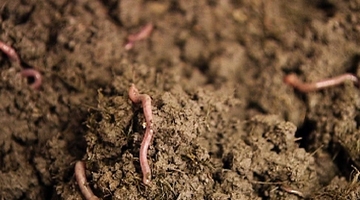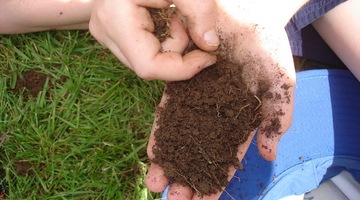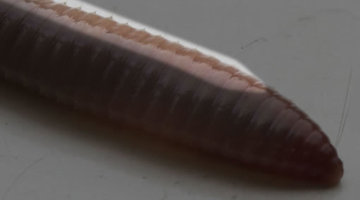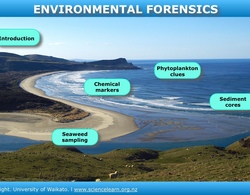

If you dig a hole in your school playing field, will the soil there look the same as the soil in your home garden? Is soil the same all over New Zealand? Rights: Waikato Regional Council Similar ...
READ MORE

Discover the world beneath our feet with Planet Earth and Beyond resources for NZ Curriculum levels 1 and 2. Rights: Michael Simons, licensed through 123rf Ltd. More than dirt Soils are full of ...
READ MORE

Imagine having a job where you get to work outside and no one worries if you get dirty! That is one aspect many soil scientists enjoy about their jobs. Like other scientists, they have a love of ...
READ MORE

In this activity, students use Hub resources to learn about two unusual native New Zealand soil creatures. This cross-curricular activity combines science with reading, viewing, writing and ...
READ MORE

In this activity, students gather soil samples from their homes to view how soils differ from location to location. By the end of this activity, students should be able to: observe similarities ...
READ MORE

In this activity, students use a picture book and/or dig a hole to learn more about soil, observation and inference in science. By the end of this activity, students should be able to: make ...
READ MORE

Earthworms are useful indicators of soil health. This project aims to capture information on earthworm abundance and species distribution throughout New Zealand. Information provided will be used ...
READ MORE

This citizen science project wants your assistance to extract information from various climate scientific graphics to help combat misinformation and support scientific communication. Using this ...
READ MORE

Be part of a worldwide movement and use Global Earth Challenge to submit or classify photos to help our planet’s environment and human health. Global Earth Challenge is a citizen science campaign ...
READ MORE

To most of us, one earthworm resembles another. Although earthworms do have common characteristics, species differ widely in their size, skin colour and in the roles they play in the soil ...
READ MORE

Teachers need to plan clear learning intentions and align these to activities and learning experiences that will help students achieve the goals (Cowie, Moreland & Otrel-Cass, 2013). To ...
READ MORE

School science is engaging when it makes connections to students’ everyday lives (Osborne & Collins, 2001) and when they have an opportunity to experience physical phenomena first-hand – the ...
READ MORE
Professor Louis Schipper from the University of Waikato explains how soil is formed.
READ MORE
Along with the water we drink and the air we breathe, soil is one of our most important natural resources. We need to protect soil by keeping it healthy and using it wisely. Soil scientists help ...
READ MORE
Dr Ross Monaghan from AgResearch at Invermay in Otago talks about various practices that can be employed to manage nutrient losses from becoming a problem on farmland.
READ MORE

Sea stars have many weird and wonderful adaptations including both sexual and asexual reproduction. Click on any of the labels in this interactive to view short video clips or images to learn ...
READ MORE

Sea stars have many weird and wonderful adaptations – including some unusual internal systems. Click on any of the labels in this interactive to view short video clips or images to learn more ...
READ MORE

Dr Candida Savage explains the clues she collects in estuaries and fiords, to understand how changes in land use affect these environments. Click on the labels to watch the videos for more ...
READ MORE